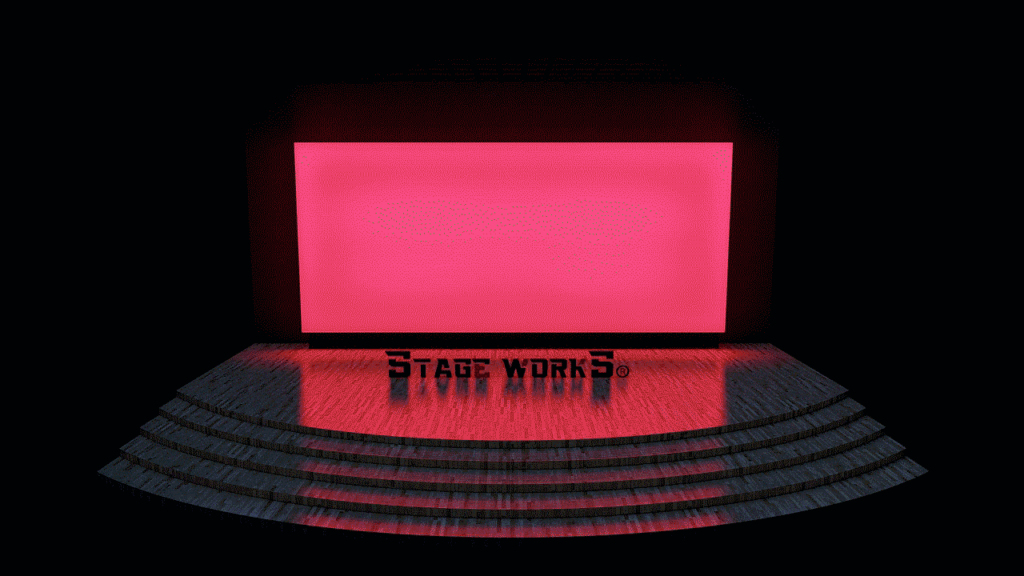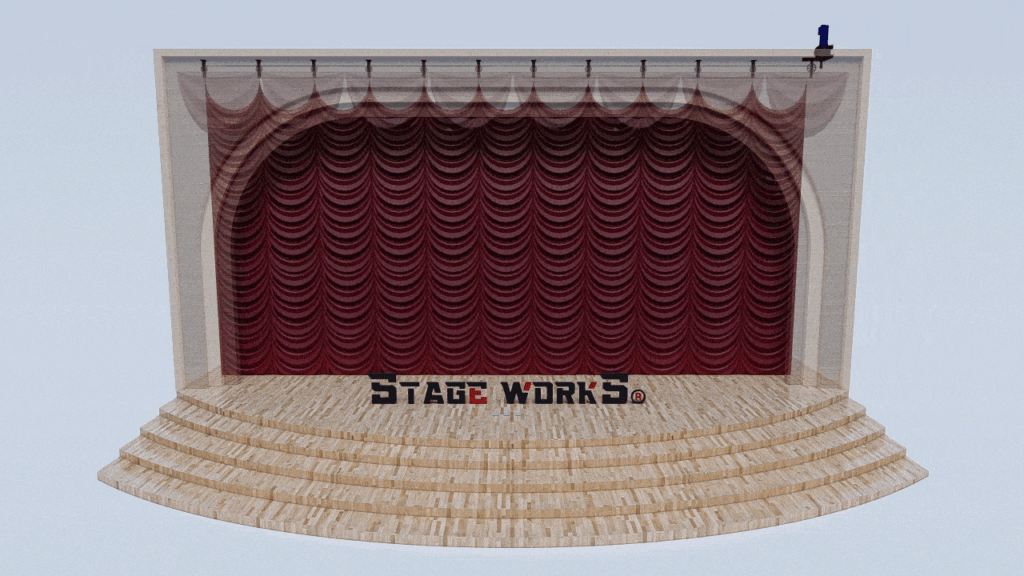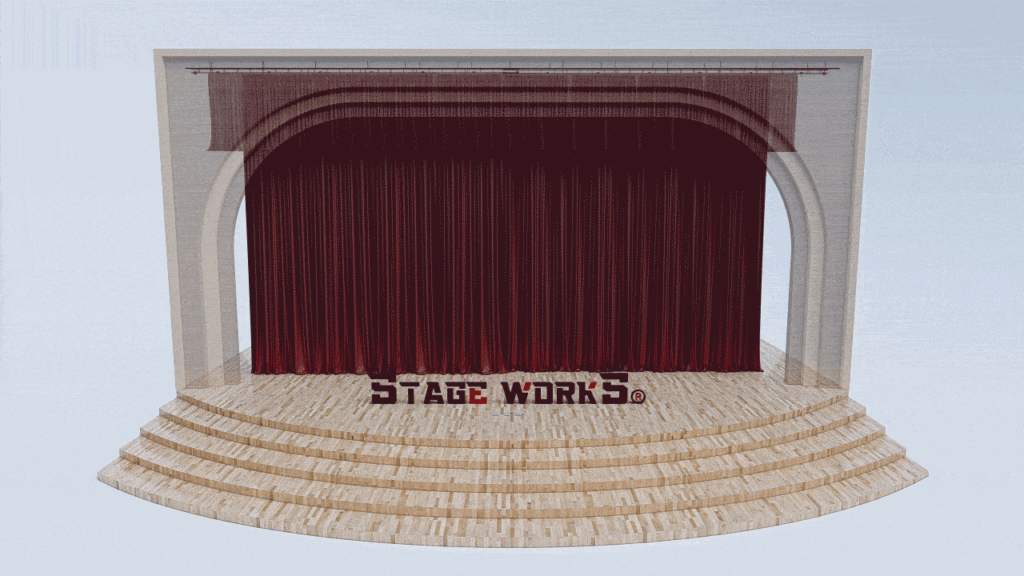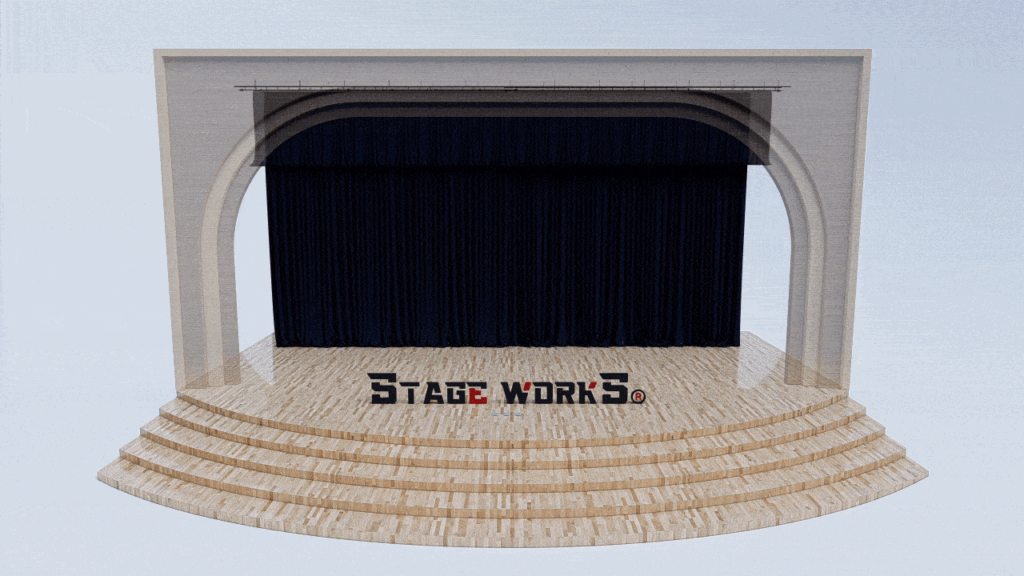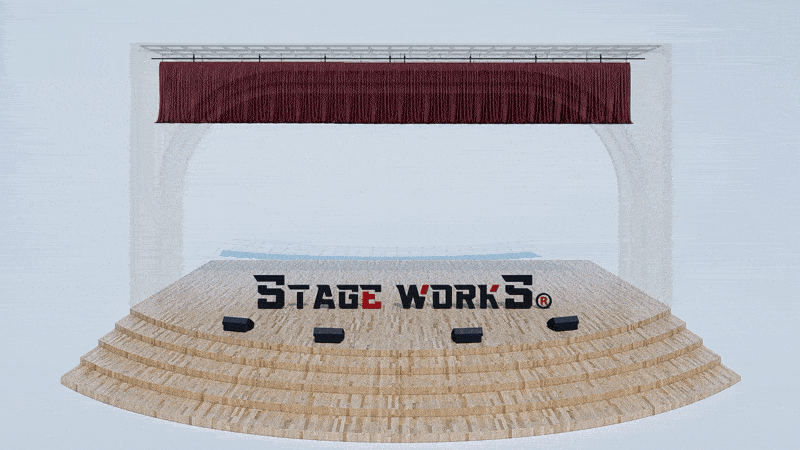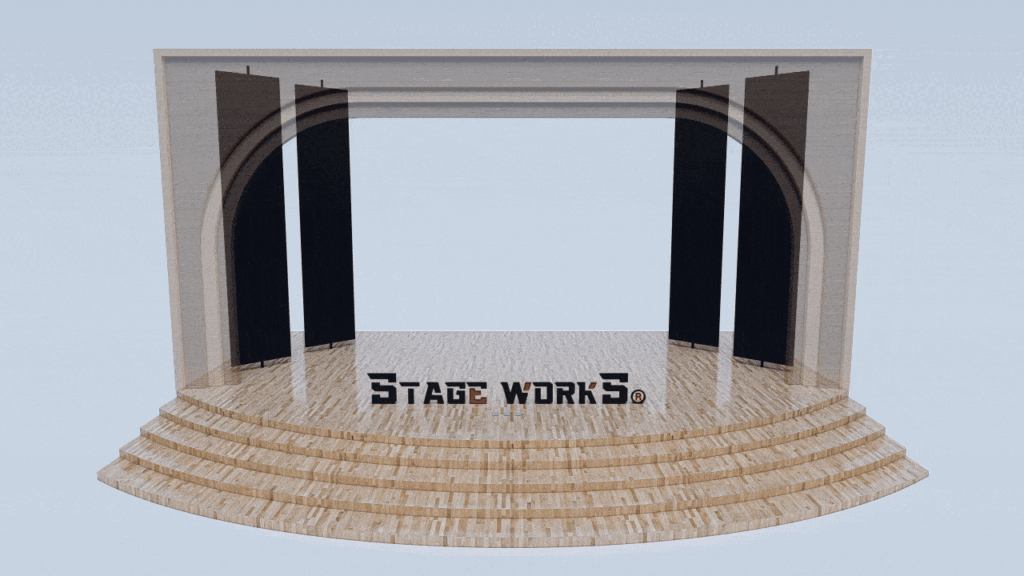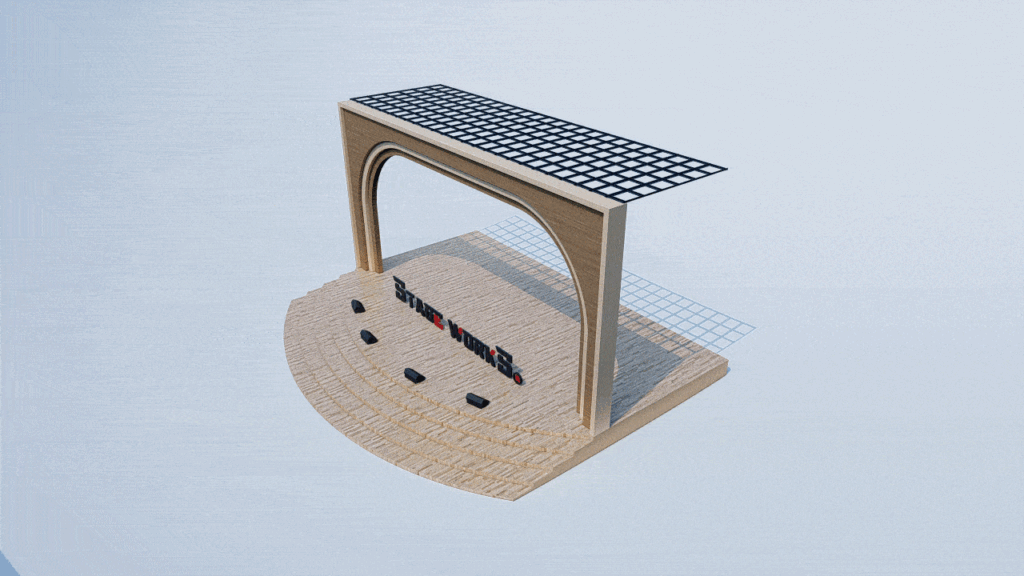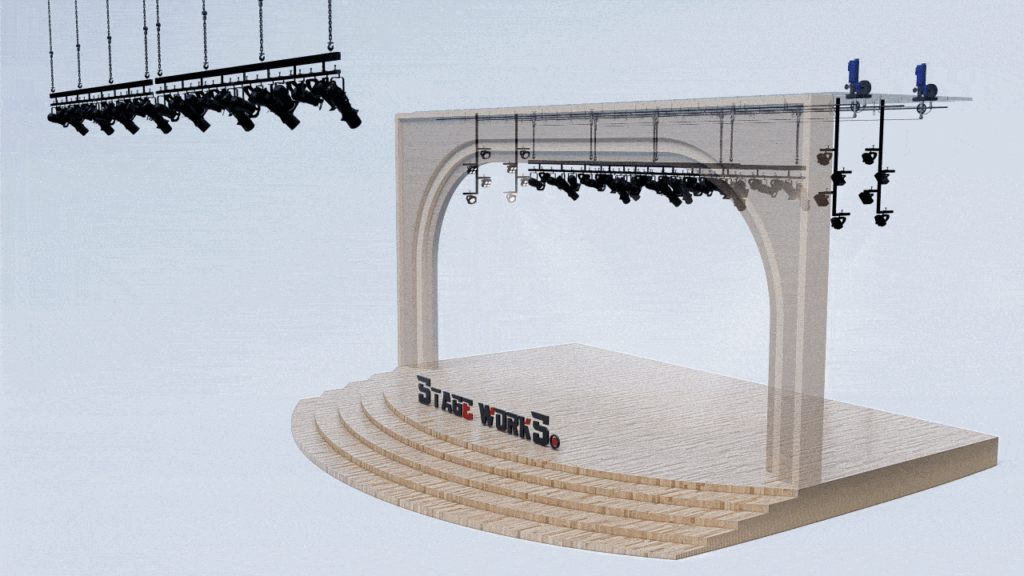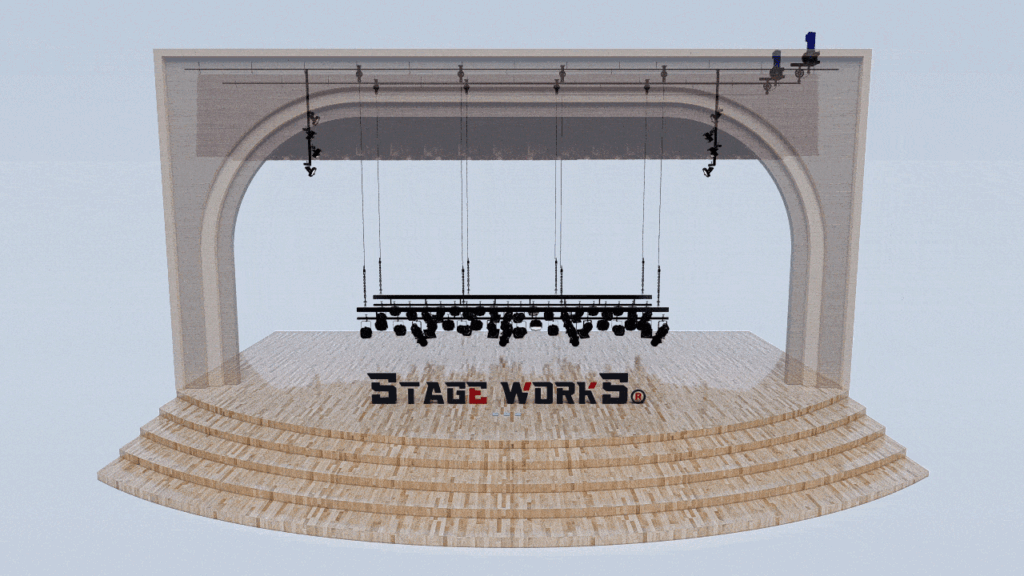Design Your Perfect Stage Curtain – From Concept to Completion
Choosing the Right Fabric: The Foundation of Your Stage Curtain
The fabric you select forms the heart of your stage curtain. Consider the following factors: opacity (will it be blackout or translucent?), drape (how it falls and folds), weight (affects handling and longevity), and texture (contributes to the overall aesthetic). Velvet offers luxurious richness and excellent light absorption, while heavier cotton blends provide durability. Sheer fabrics create ethereal effects, perfect for specific scenes or transitions. Your choice will significantly impact the final look and functionality of your stage curtain. Understanding the differences between these options is key to achieving your desired outcome.
Embellishments and Design: Adding Personality to Your Stage Curtain
Beyond fabric choice, consider embellishments to elevate your stage curtain’s visual appeal. Intricate embroidery, striking patterns, or strategically placed applique can transform a simple curtain into a stunning focal point. Alternatively, a minimalist approach with clean lines and a sophisticated colour can also create a powerful impact. Think about how the design complements your overall stage design and the themes of your productions. Consider the impact of lighting on the chosen fabrics and embellishments; certain textures and colours will interact differently with stage lighting, creating unique visual effects.
Technical Considerations: Functionality Meets Aesthetics
Stage curtains aren’t just decorative; they serve crucial technical functions. The mechanism for raising and lowering the curtain, whether manual or motorized, is a critical consideration. Motorized systems offer smooth, reliable operation, particularly for heavier fabrics or frequent usage. Manual systems, while more affordable, require more manual labour. Furthermore, consider the need for tracks, pulleys, and other hardware components ensuring a safe and efficient operation. Proper weight distribution and balancing are essential to prevent accidents. Prioritize safety and functionality alongside aesthetic appeal.
Measuring and Installation: Precision for Perfect Performance
Accurate measurements are non-negotiable. Incorrect measurements can result in a poorly fitting curtain that compromises both aesthetics and functionality. Detailed measurements of the stage opening, including height, width, and any proscenium details, are crucial. Professional installation is highly recommended, particularly for complex systems or heavier fabrics. Consult with experts at stagecurtains.in to ensure proper installation and avoid potential hazards. Proper installation guarantees the longevity and safe operation of your stage curtain.
Budgeting and Selecting a Supplier: A Strategic Approach
Setting a realistic budget is essential before beginning your project. Factors like fabric choice, embellishments, and the complexity of the mechanism all impact the final cost. Research and compare different suppliers, considering not only price but also their experience, reputation, and customer service. Stagecurtains.in offers a wide range of options to cater to various budgets and requirements. Thorough research will guarantee you receive a high-quality product that meets your expectations and stays within your budget. Partnering with a reliable supplier like stagecurtains.in ensures a smooth and successful project.
Maintenance and Care: Preserving Your Investment
Regular maintenance extends the life of your stage curtain. Dusting and gentle cleaning will keep it looking its best. Consult the fabric manufacturer’s care instructions for specific cleaning recommendations. Regular inspections of the mechanisms and hardware are also essential to ensure continued safe operation. Preventive maintenance minimizes the risk of costly repairs and ensures your stage curtain remains a valuable asset for years to come.
Beyond the Basics: Exploring Creative Applications
Consider incorporating innovative techniques like projection mapping onto your stage curtain to create dynamic visuals. Experiment with different lighting effects to highlight the texture and colour of the fabric. Explore the possibilities of incorporating multiple layers of curtains to create depth and complexity. Let your creativity guide you to achieve unique and visually captivating stage designs that elevate your performances.



